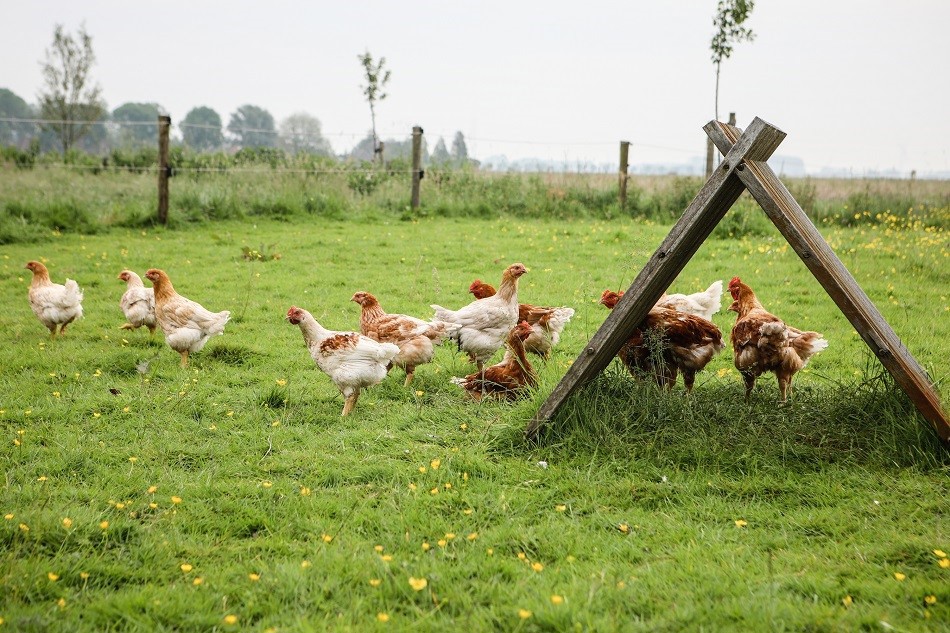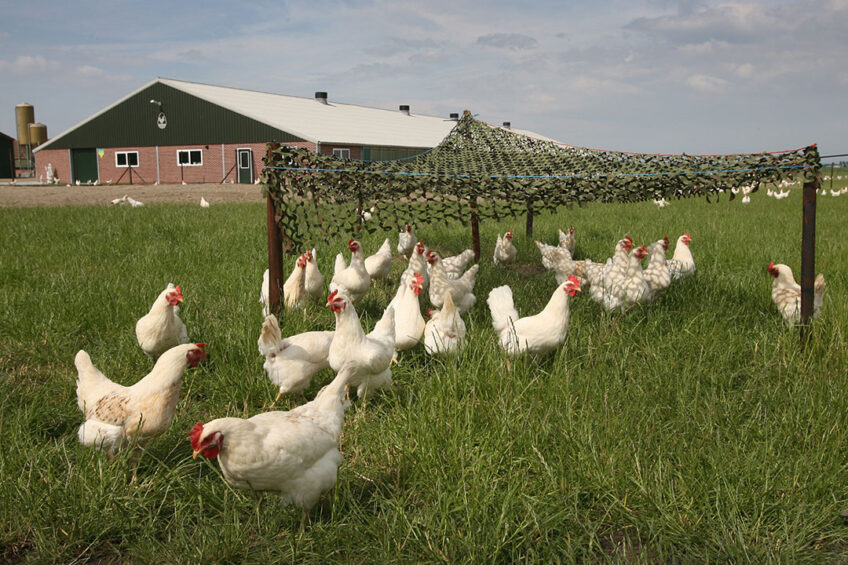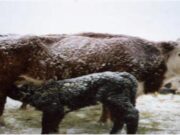
Organic & Free-Range Poultry: Market Growth and Challenges
The demand for organic and free-range poultry has surged in recent years, driven by changing consumer preferences, growing health awareness, and ethical concerns regarding animal welfare. As more people seek healthier and more sustainable food options, the organic poultry industry has seen significant growth. However, this expansion comes with its own set of challenges. Let’s explore the growth drivers, market potential, and obstacles facing the organic and free-range poultry industry.
The Rising Popularity of Organic and Free-Range Poultry
Organic and free-range poultry products are increasingly favored by consumers who prioritize quality, taste, and ethical farming practices. Unlike conventionally raised poultry, organic and free-range birds are raised without antibiotics or synthetic hormones, have access to outdoor environments, and are fed organic, non-GMO diets. These factors contribute to higher nutritional value and superior taste, making them a preferred choice for many health-conscious consumers.
Consumer Awareness and Health Trends
The growing awareness of food quality, sustainability, and overall well-being has fueled the demand for organic poultry. With studies linking antibiotic use in conventional poultry farming to antibiotic resistance in humans, many consumers are opting for poultry products that are free from antibiotics and growth hormones. Additionally, organic poultry is often perceived as being leaner and richer in essential nutrients like Omega-3 fatty acids and vitamins, further boosting its appeal.
Ethical and Environmental Considerations
Animal welfare concerns are another driving force behind the popularity of free-range and organic poultry. Consumers are increasingly questioning the conditions under which animals are raised and are choosing products that align with their ethical beliefs. Free-range farming practices ensure that birds have access to outdoor space, reducing stress and improving overall well-being. Furthermore, organic farming methods contribute to environmental sustainability by reducing chemical inputs and promoting biodiversity.
Market Growth and Economic Opportunities
The organic and free-range poultry industry has seen impressive growth in recent years, with market reports indicating steady increases in demand. This trend presents lucrative opportunities for farmers, retailers, and entrepreneurs looking to enter the organic food market.
Expansion of Retail Channels
With organic food becoming mainstream, major supermarkets, specialty stores, and online platforms have expanded their organic poultry offerings. Consumers now have easier access to these products, increasing market penetration and boosting sales. Additionally, farm-to-table initiatives and direct-to-consumer sales models have become more popular, allowing small-scale organic farmers to thrive without relying on large distribution networks.
Premium Pricing and Profitability
Organic and free-range poultry products command higher prices compared to conventionally raised poultry due to the higher costs associated with organic feed, ethical farming practices, and certification processes. While this premium pricing benefits farmers and producers, it also narrows the consumer base to those willing and able to pay extra for ethically and organically raised poultry.
Challenges Facing the Organic Poultry Industry
Despite its rapid growth and potential, the organic poultry industry faces several significant challenges that impact production, pricing, and market expansion.

High Production Costs
Raising organic poultry is considerably more expensive than conventional farming. Organic feed costs significantly more, and maintaining free-range conditions requires more land and resources. Additionally, organic certification is a rigorous and costly process that involves meeting strict regulations and undergoing regular inspections. These factors contribute to higher retail prices, limiting accessibility for cost-conscious consumers.
Supply Chain Limitations
The organic poultry supply chain is complex, requiring careful coordination between farmers, feed suppliers, processors, and retailers. Maintaining consistent quality and meeting certification standards at every stage can be challenging. Additionally, organic poultry farming has longer production cycles due to the slower growth rate of birds raised without growth stimulants, making it harder to scale operations quickly.
Competition with Conventional Poultry
Despite the growing popularity of organic poultry, conventional poultry remains dominant due to its lower price point and widespread availability. Many consumers, especially in price-sensitive markets, opt for conventionally raised chicken due to affordability. Educating consumers about the benefits of organic poultry and making it more accessible remains a challenge for the industry.
Regulatory and Certification Hurdles
Organic poultry farmers must comply with strict regulatory requirements, which vary by country and region. The certification process is time-consuming and costly, often discouraging small-scale farmers from transitioning to organic methods. Additionally, navigating evolving food safety standards and labeling regulations adds another layer of complexity to the business.
The Future of Organic and Free-Range Poultry
Despite these challenges, the future of organic and free-range poultry remains promising. Continued consumer demand, government support for sustainable agriculture, and advancements in organic farming techniques are expected to drive further growth in the sector.
Technological Advancements in Organic Farming
Innovations in organic farming methods, such as improved pasture management, alternative feed sources, and automated free-range systems, can help reduce costs and increase efficiency. Research into plant-based or insect-based protein feed alternatives may also help offset high organic feed costs, making organic poultry more affordable for both farmers and consumers.
Policy Support and Subsidies
Governments and agricultural organizations in many countries are promoting organic farming through incentives, grants, and subsidies. These initiatives aim to support small-scale farmers, encourage sustainable practices, and increase the availability of organic food. Strengthening policies that support organic certification, supply chain infrastructure, and research in sustainable farming can further enhance industry growth.
Expanding Consumer Education
Increasing consumer awareness through marketing, labeling transparency, and educational campaigns can help bridge the gap between cost and perceived value. More brands are investing in storytelling, showcasing the ethical and nutritional benefits of organic poultry through digital marketing, influencer collaborations, and social media outreach.
Conclusion
The organic and free-range poultry industry has experienced significant growth fueled by consumer demand for healthier, ethically produced food. While challenges such as high production costs, supply chain limitations, and competition with conventional poultry persist, ongoing innovations and policy support offer promising solutions. As consumers continue to prioritize sustainability, animal welfare, and nutrition, the organic poultry market is poised for continued expansion in the coming years. Farmers and businesses that embrace sustainable practices and adapt to changing consumer preferences will be best positioned to succeed in this evolving industry.






























